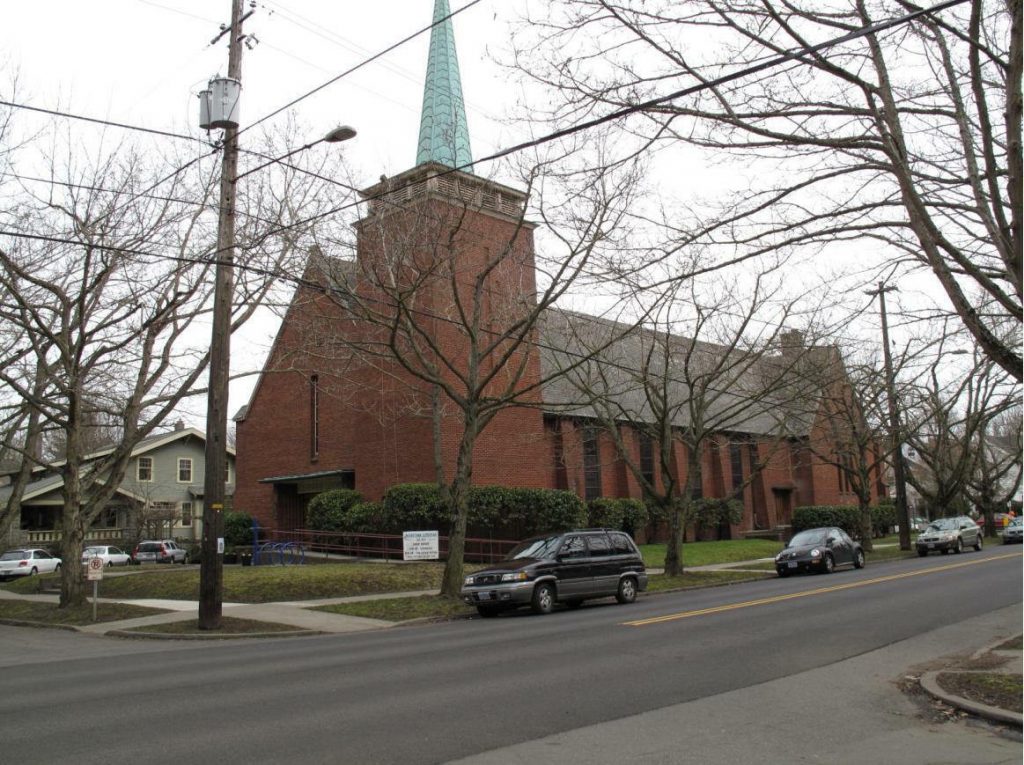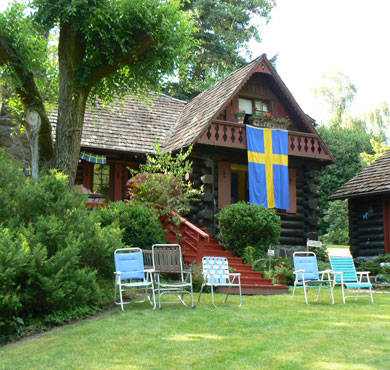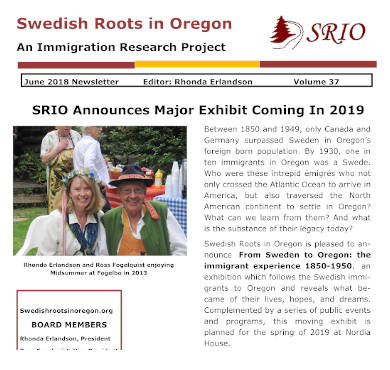This beautiful and hopeful Christian message stands, in many ways, in stark contrast to the immigrants situation in Sweden, in the beginning of the great emigration wave that started in late 1800, where it was illegal to engage in any private religious study outside of the State Church sponsorship. The ministers (prästerna) of the Church of Sweden were civil servants. Besides their religious duties these ministers (prästerna) kept the citizenship and tax records, and functioned as a local representative of government and “upper classes” power that was often used for their purposes. This state system was prone to abuse and stagnation and many Swedes, both clergy and laity, sought to reform and renew the church.
This was the religious background the Swedish immigrants had when they came to America. They were officially Lutherans, but many were unhappy with the State Church Christianity in Sweden and sought different forms of religious expressions were they could find happiness in their faith. Some found that other forms of Protestantism were more to their liking, and they formed Swedish Baptist and Swedish Methodist groups, which in turn exported these movements back to Sweden.






